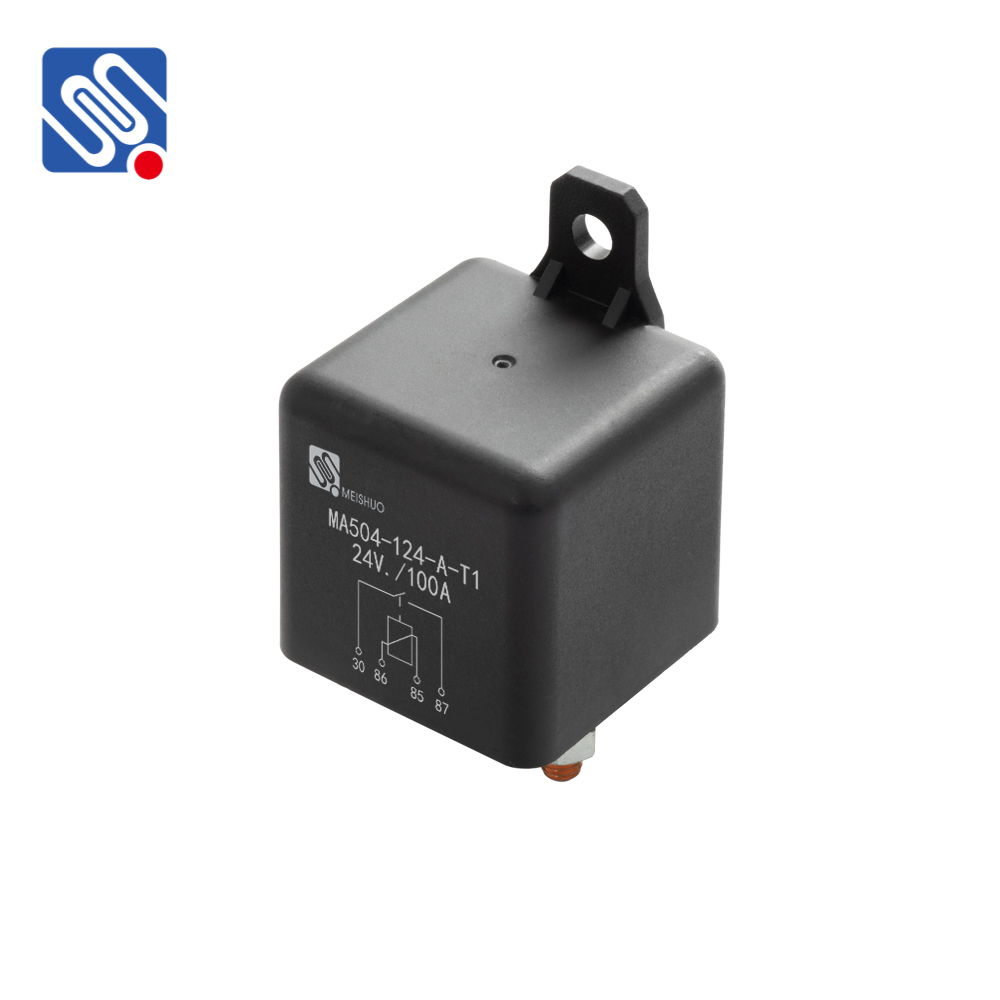Relays are essential components in modern electrical systems, allowing low-voltage control of high-current circuits. Among the various types of relays available, the 12V 100A relay is widely recognized for its ability to handle high currents while being powered by a low-voltage source, such as a standard 12V battery. This relay is often used in applications where large electrical loads must be controlled or switched on and off without directly applying power to the components being controlled. In this article, we will explore the features, uses, and advantages of the 12V 100A relay, providing insights into why this device is indispensable in many industries.

What is a 12V 100A Relay? A 12V 100A relay is a type of electromagnetic switch that allows electrical circuits to be controlled by a low-power signal. Typically, the 12V refers to the voltage used to activate the relay’s coil, while the 100A indicates its current rating, meaning that it can safely switch loads up to 100 amps. These relays usually consist of two main parts: the coil and the switch (also called the contacts). When a 12V current is applied to the coil, it generates a magnetic field that either opens or closes the contacts, depending on the design of the relay. This action enables the relay to control high-power circuits, making it an essential tool for automation and control systems.